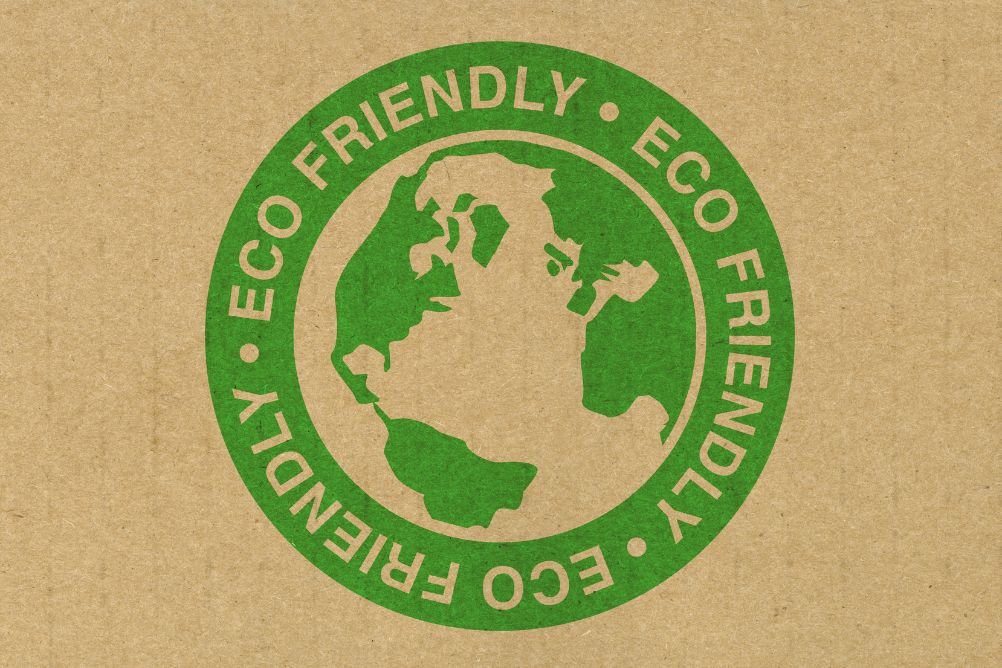
Construction is an integral part of modern society, and it plays a crucial role in the growth and development of the economy. However, it also contributes significantly to the depletion of natural resources and environmental degradation. The process of demolition, in particular, has been notorious for its harmful effects on the environment. Fortunately, the construction industry is beginning to take steps towards sustainable practices, including the adoption of green demolition. In this blog post, we’ll discuss what green demolition is, why it matters, and how it’s changing the construction industry.
WHAT IS GREEN DEMOLITION?
Green demolition, also known as deconstruction or selective demolition, is the process of taking apart a building while salvaging and recycling as much material as possible. This technique goes beyond traditional demolition, where a building is torn down without regard for its contents. Green demolition prioritizes the reuse and recycling of materials, including metals, wood, concrete, and glass, to reduce waste and environmental impact.
WHY DOES GREEN DEMOLITION MATTER?
Green demolition is becoming increasingly popular because it aligns with sustainable practices and environmental goals. Traditional demolition methods are wasteful and generate significant amounts of waste that end up in landfills. This waste can take decades, if not centuries, to decompose and can pollute the soil and waterways, leading to environmental damage and health risks.
On the other hand, green demolition reduces the amount of waste generated by up to 90%, significantly reducing the environmental impact. The materials salvaged from green demolition can be reused, recycled, or repurposed, reducing the need for new resources and lowering carbon emissions. In addition, green demolition can create jobs in the recycling and salvage industries, contributing to the local economy.
HOW IS GREEN DEMOLITION CHANGING THE CONSTRUCTION INDUSTRY?
Green demolition is a relatively new concept, but its popularity is growing in the construction industry. Here are some of the ways it’s changing the game:
-
Meeting Sustainable Goals: many construction companies are setting ambitious sustainability goals, such as achieving net-zero emissions or reducing waste. Green demolition is a key strategy for meeting these goals by reducing waste and conserving resources. By implementing green demolition practices, construction companies can reduce their environmental impact and increase their social responsibility.
-
Increased Demand for Sustainable Buildings: Green demolition is often used in the deconstruction of older buildings, and the materials salvaged from these buildings can be used in the construction of new, sustainable buildings. This process is known as “circular construction,” and it’s becoming increasingly popular as a way to reduce waste and carbon emissions. As more companies adopt green demolition practices, there will be an increased demand for sustainable buildings, leading to a more sustainable construction industry.
-
Reduced Costs: Green demolition can actually save construction companies money in the long run. Salvaging and recycling materials can reduce disposal costs and the need for new materials, leading to cost savings. In addition, many companies that practice green demolition can earn tax incentives and rebates for their sustainable practices.
Green demolition is a promising development in the construction industry, offering a sustainable and environmentally responsible alternative to traditional demolition practices. It reduces waste, conserves resources, and creates jobs in the recycling and salvage industries. As more companies adopt green demolition practices, we can expect to see a more sustainable and environmentally friendly construction industry. By prioritizing green demolition, we can take a step towards a more sustainable future.



